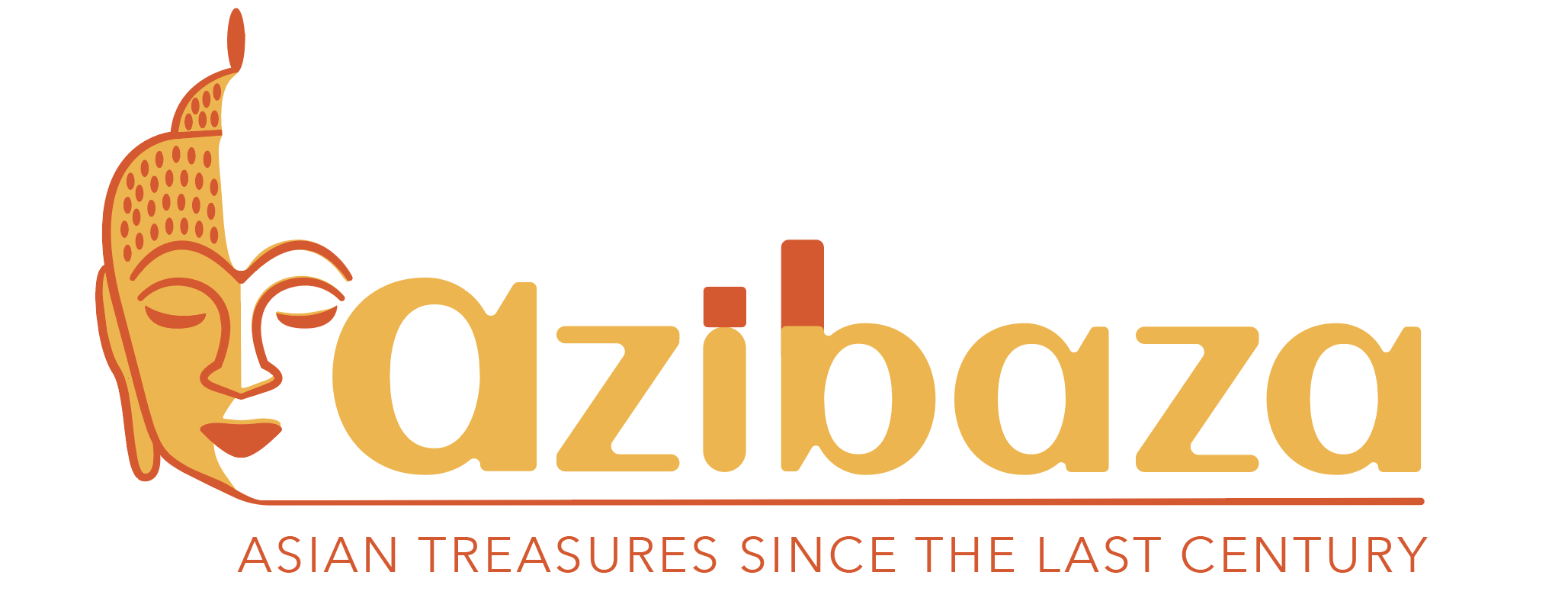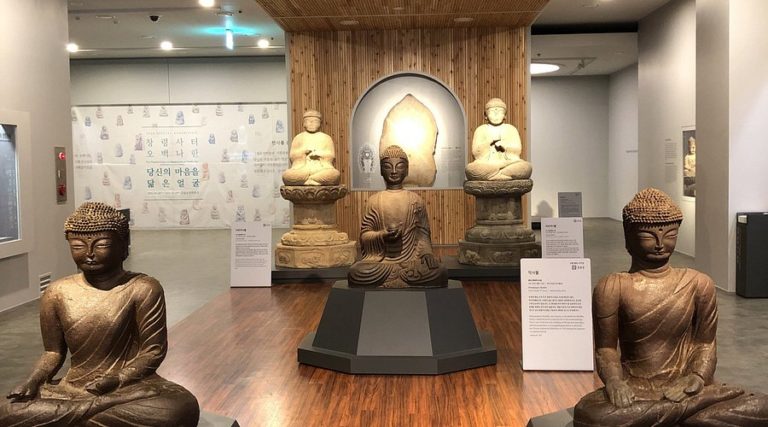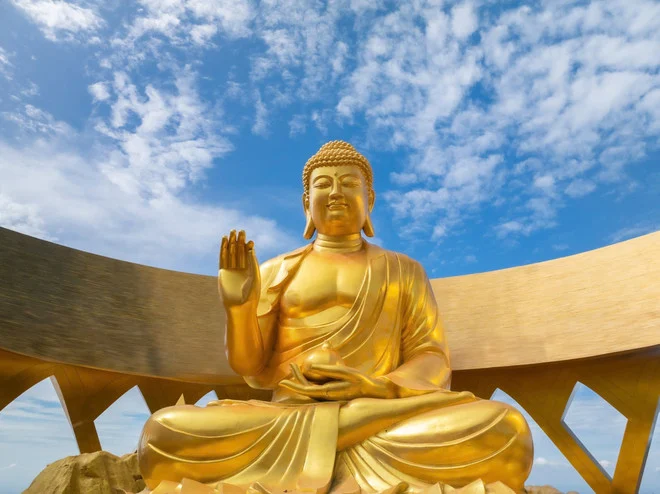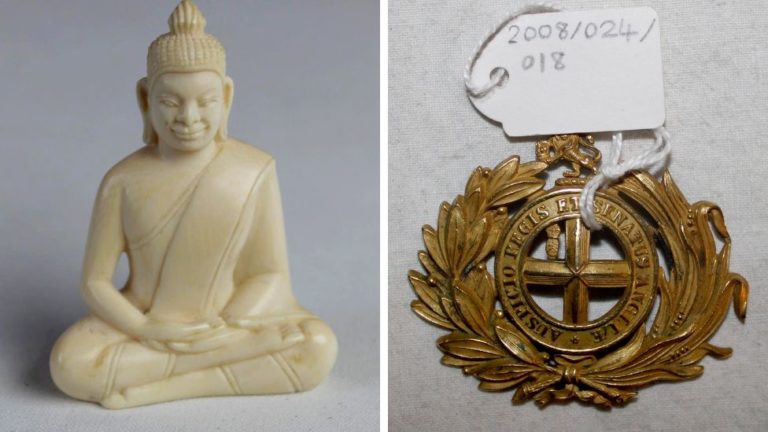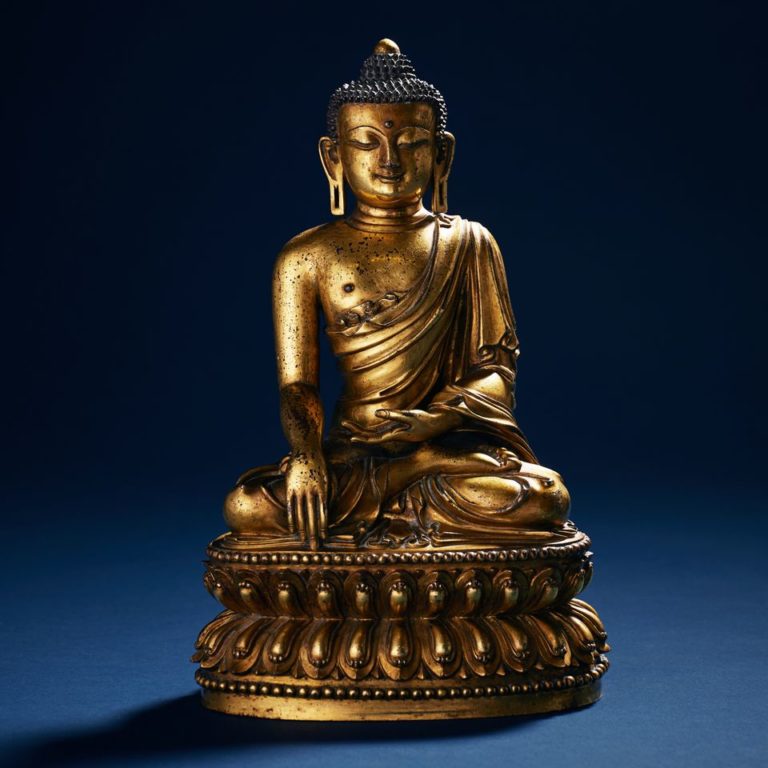A revered symbol of Kerala’s Buddhist past, the Karumadikuttan statue in Alappuzha is languishing in neglect—six decades after the Dalai Lama’s historic visit in 1965. The 1,200-year-old granite image of Lord Buddha, seated in Yogasana posture, remains poorly maintained despite its cultural and historical significance.
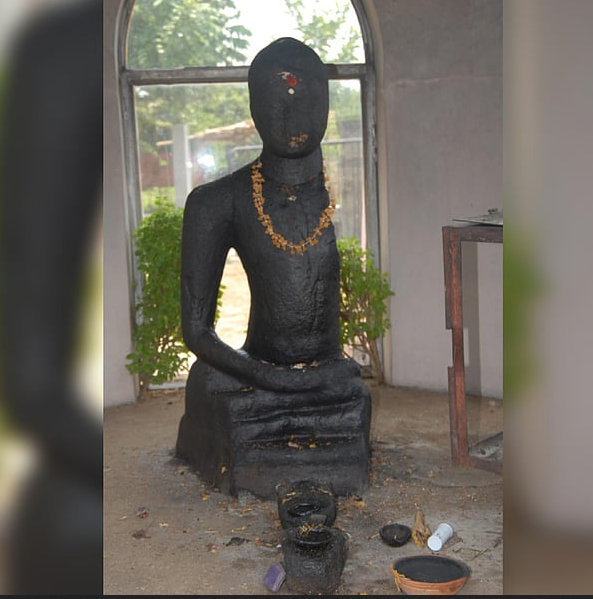
Located in Karumadi near Ambalappuzha, the statue was discovered in 1930 and later enshrined in a pagoda built with funds allocated by the Dalai Lama. Yet today, the site lacks basic amenities: no toilets, drinking water, lighting or information centre. Visitors are left in the dark—literally—as the approach road has no streetlights and the area becomes pitch black after sunset.
The State Archaeology Department, which took over the site in 2014, has only carried out minor conservation work. Encroachment on memorial land and the absence of interpretive signage further diminish the experience. “It’s a cultural treasure, but there’s no effort to help people understand its value,” said Nishu Boudh, a local Buddhist disciple.
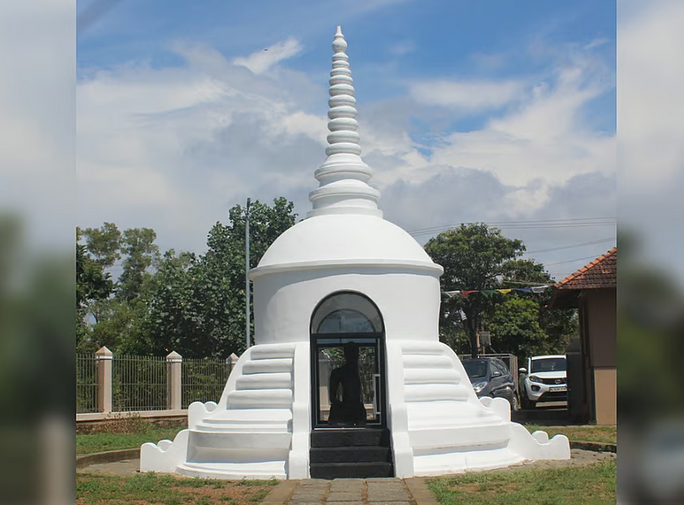
The statue’s left hand, broken long ago, was recovered and now resides in the Krishnapuram Palace Museum. Historical records identify Karumadi—once known as Sreemoola Vasam—as a thriving monastic centre in the 9th and 10th centuries. The Kerala Buddhist Council continues to hold Buddha Poornima celebrations at the site, hoping to revive public interest.
Despite its proximity to National Highway 66 and the Ambalappuzha–Thakazhi road, the site remains off the tourist map. Local campaigners are urging the tourism and district authorities to act swiftly, warning that without intervention, this ancient monument may fade into obscurity.
The Karumadikuttan statue stands not just as a relic, but as a reminder of Kerala’s pluralistic spiritual heritage. Its survival now depends on whether modern institutions can match the reverence once shown by the Dalai Lama.
